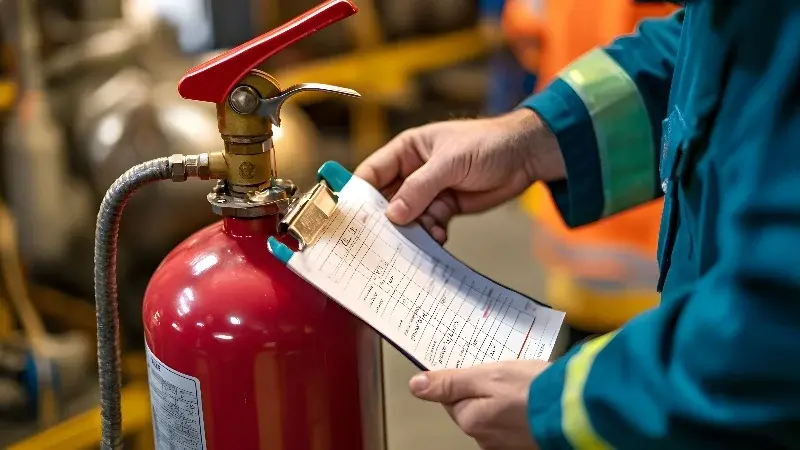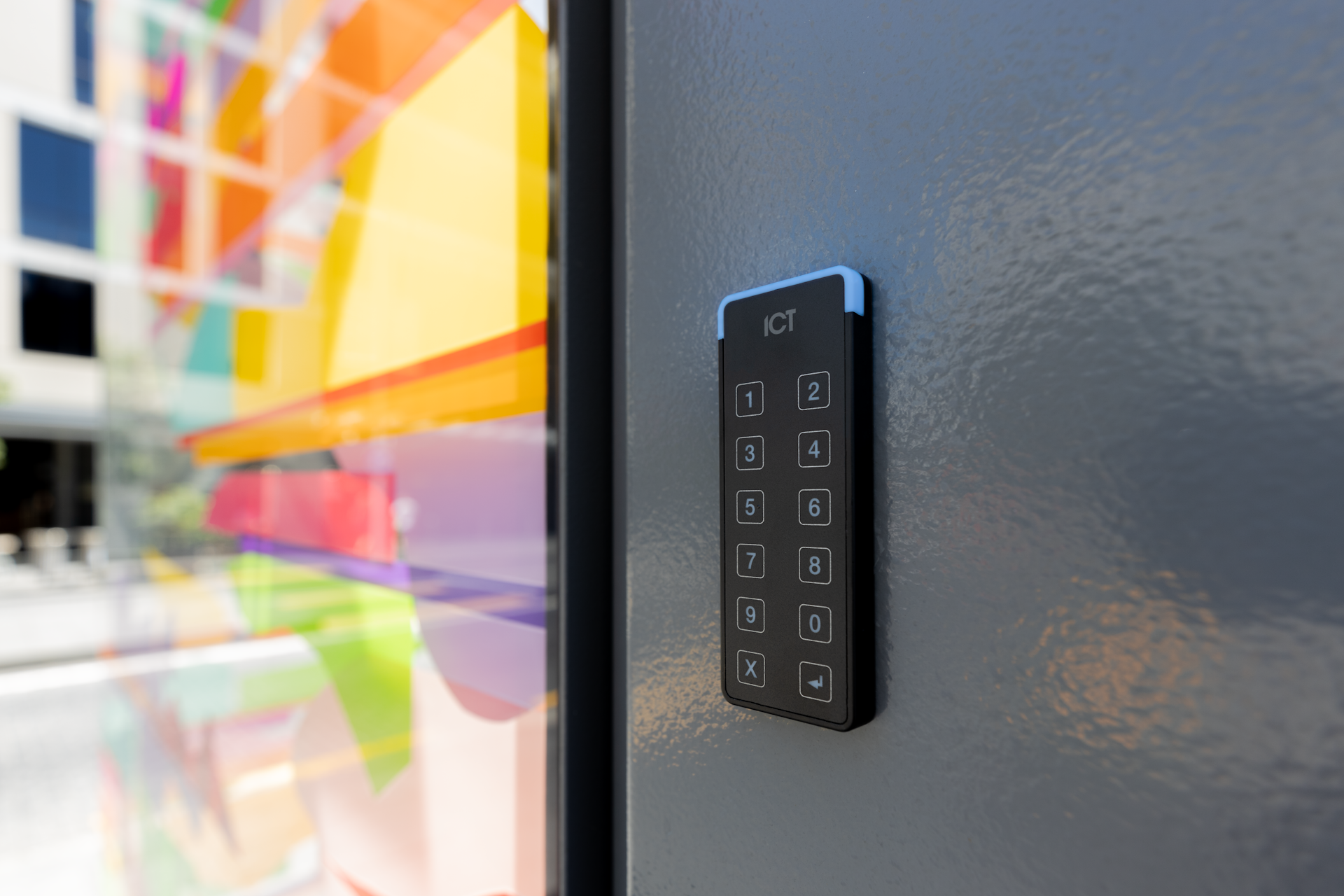What to Do When Your Security Vendor Goes Silent
Your fire alarm shows a trouble signal. Last week's sprinkler inspection never happened, and despite three calls and multiple messages, your vendor...
 |
Fire protection professionals committed to safeguarding lives, property, and peace of mind. |
 |
Solutions designed for your property type, from multi-family housing to healthcare facilities to retail spaces. |

|
Fire alarm, area of refuge, camera, and card access monitoring services. |
 |
Clear communication and instant response when every second counts. |
 |
From kitchens to server rooms, the right protection for every space. |
 |
Keep your primary defense system ready and reliable. |

|
Manage all your properties' access from one simple platform. |
 |
Monitor multiple properties in real time from anywhere, at any time. |

|
Document upcoming maintenance appointments and improve your proactive budget planning. |
 |
Fire Extinguisher Maintenance Checklist Learn the requirements for testing extinguishers monthly, annually, and beyond. |

|
Track all your inspection deadlines in one place. |
 |
Kitchen Hood Inspection Checklist Ensure your kitchen hoods are safe and compliant. Download a complete list of testing requirements. |

|
Guide to Fire & Security Monitoring Your complete property protection handbook in practical terms. |

|
Running a food truck takes work—this guide gives you the tools to keep it safe and up to code. |
 |
Comprehensive Guide to NFPA 13 and NFPA 25 Fire Sprinkler Systems Navigate sprinkler system requirements with confidence using our straightforward guide to codes and maintenance. |

|
Get your essential compliance guide. |
 |
When reliability matters across 18 restaurants, micromanagement doesn't. |
2 min read
Brothers Fire & Security : December 20, 2024

Fire safety is critical for businesses and property owners. The National Fire Protection Association (NFPA) provides over 300 standards that are essential for protecting lives, assets, and preventing potential legal and insurance complications.
The NFPA's standards impact virtually every building, process, service, design, and installation. These comprehensive guidelines ensure that fire protection systems are appropriately designed, installed, maintained, and ready to respond to emergencies. The NFPA also offers courses to help train employees on fire safety procedures.
Assuring comprehensive fire protection is a complex undertaking. NFPA standards cover everything from design and installation to testing, maintenance,service and monitoring. The goal is to ensure you have the right systems in place and that they are in working order at all times, so there will be an immediate response in any fire emergency.
Here’s an overview of some of the most pertinent standards.
NFPA 10 guides the selection and maintenance of hand-held fire extinguishers for immediate response to limited fires. Different types of fire require different suppression:
Fire extinguishers should be inspected monthly for physical damage and charge levels. Periodic hydrostatic testing is also required, depending on the extinguisher type.
NFPA 17 regulates the use of dry chemical systems. Commonly used in industrial settings, these systems suppress fires involving flammable liquids, chemicals, combustible solids, and live electrical equipment.
The standard covers system components, installation, and maintenance, requiring full performance tests every three years.
NFPA 25 provides minimum requirements for sprinkler systems in commercial, industrial, and residential buildings. Water-based fire protection may also include fire pumps or standpipe systems. They are designed to stop the spread of Class A fires by cooling the fire and dissipating flammable gasses. NFPA 25 provides minimum inspection, testing, and maintenance requirements.
Key maintenance protocols include::
NFPA 72 oversees alarm systems, ensuring safe evacuation, quick first responder alerts, and "annunciation zones" to pinpoint alarm origins.
Dividing the building into zones enables system monitors to immediately pinpoint the alarm source and direct responders to the fire.
Because every facility is different in size, configuration, and usage, owners should design fire and security systems that address their specific needs.
While NFPA standards are comprehensive, they are also complex and frequently updated. Each facility has unique requirements, making professional guidance essential.
Our fire protection experts at Brothers Fire & Security can help you design, install, test, monitor, and maintain integrated systems–including fire alarms, fire sprinklers, and fire suppression, tailored to your facility and budget.

Your fire alarm shows a trouble signal. Last week's sprinkler inspection never happened, and despite three calls and multiple messages, your vendor...

Winter weather and holiday demands can make managing multi-location security a nightmare. Fall is your best window to upgrade security systems,...

This is a story about a multi-location public facility organization—and the moment they learned their (now former) security vendor was dropping...